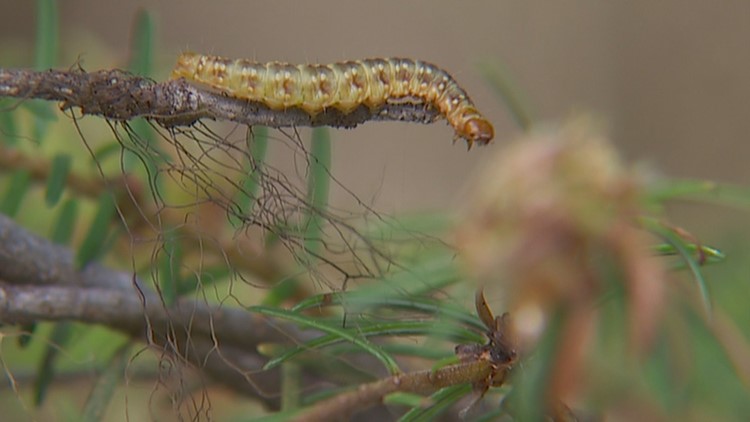Small bugs could have a big impact on Washington's wildfire season. Roughly 2.7 million acres of forest in Eastern Washington are considered vulnerable to wildfire — and much of that is infested with a variety of forest insects.
The bugs range from spruce budworm, to multiple variations of bark beetles, to the tussock moth. They've been around as long as the forest. The insect infestation makes trees more vulnerable to fire, as does the build-up of dead fuel on the forest floor due to a century of fire suppression. The environment is full of underbrush and closely-spaced, stressed trees.
2017 was not a record-setting year for Washington in terms of acres burned, but last year did have the most consecutive days for firefighters to be at their highest level of readiness -- 40 days. Washington and Oregon also experienced record heat last August. The 2017 Pacific Northwest Fire Narrative included 3,404 fires, which burned 1,121,442 acres.
That's 21 times the size of Seattle.
The Washington Department of Resources updated its 20-Year Forest Health Strategic Plan with numbers on insect impact. Pine bark beetles alone killed 2,467,880 trees over some 191,000 acres. The Western Spruce Budworm has affected roughly 272,000 acres on a 10-year running average.
When it comes to the budworm, however, there is some good news. A major infestation at Blewett Pass has now collapsed, going from 500,000 acres infected statewide in 2012 down to about 40,000 now. Unfortunately, the budworm's presence is now growing in northeastern Washington in Pend Oreille and Stevens counties.



